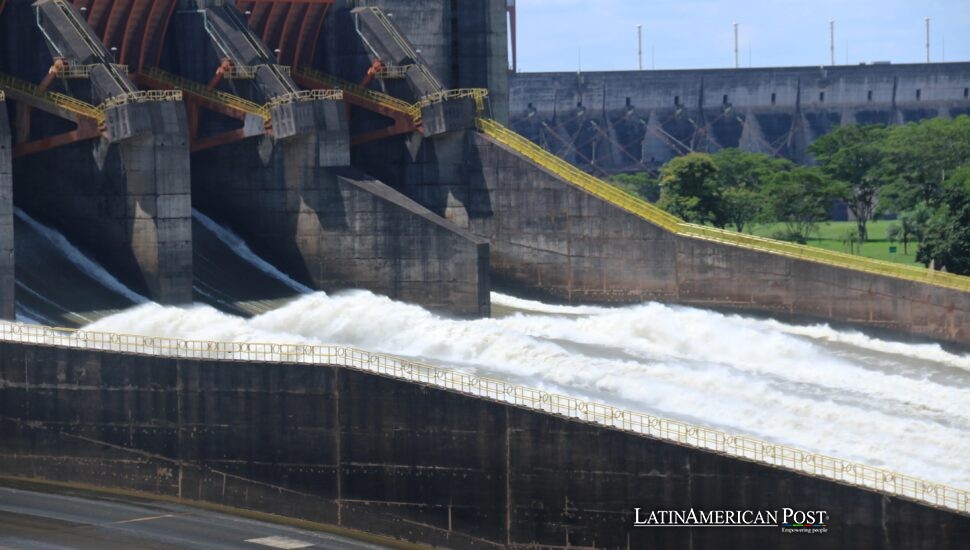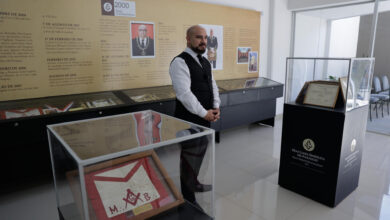Paraguay’s Quiet Revolution: From Hydropower Giant to Digital Contender

Hydropower-rich Paraguay wants more than cheap electricity—it wants a technological identity. From Asunción’s planned digital park to a rising generation of coders, the country is courting investors and AI firms while wrestling with bureaucracy, brain drain, and the urgent need to train its young.
A Powerhouse Hiding in Plain Sight
There are only a handful of places on Earth where clean electricity is both plentiful and predictable. Paraguay is one of them. Itaipú, still the world’s most productive hydroelectric complex outside China, meets nearly 90% of domestic demand and exports the rest. Yacyretá, the second dam, adds a cushion of resilience and turns the national grid into something rare: cheap, renewable, and steady.
In an era when every conversation about artificial intelligence ends with a question about power, Paraguay suddenly looks like an answer. Data centers crave stability—power that never flickers and scales easily. As one entrepreneur told the BBC, hydropower is “steady,” not weather-dependent like solar or wind. The pitch writes itself: come plug into our rivers and decarbonize by default.
But electricity is only the foundation. The giants President Santiago Peña has courted—Google, OpenAI, and others—are not just shopping for low-cost megawatts. They’re looking for talent pipelines, regulatory clarity, and governments that move at the speed of innovation. Paraguay’s wager is that hydropower gives it leverage, a natural magnet in a world short on green energy. The challenge is turning that advantage into an actual ecosystem rather than a one-off headline about a data center in the jungle.
From Silicon Valley Lessons to Asunción Ambitions
Gabriela Cibils personifies the bridge Paraguay wants to build. A technologist with degrees in computing and neuroscience from UC Berkeley, she spent years inside Silicon Valley startups before returning home. “After seeing that world,” she told the BBC, “it felt like a responsibility to bring that mindset back and mix it with the talent I see here.”
Now a partner at Cibersons, a tech firm in Asunción, she preaches not just innovation but attitude—a bias toward execution, agility, and customer obsession. “Ideas are easy,” she said. “Delivery is the hard part.”
The government hopes to match that urgency. Technology Minister Gustavo Villate argues that Paraguay’s macro recipe—renewable energy, low taxes, stability, and a young population—is finally aligned. Near the capital’s airport, the state is building a $20 million digital park with lakes, childcare, and a planned University of Technology co-founded with Taiwan. The design looks part campus, part campus dream: glass offices, coworking spaces, and pathways where coders might one day trade ideas as easily as they now trade mate.
When a country reserves land and permits for the digital economy, it sends a clear message: tech isn’t a side hustle—it’s national strategy.
Talent, Training, and the Gender Gap
Energy may lure servers, but people will decide what runs on them. Paraguay’s median age—just 27—should be an advantage, but youth bulges only deliver dividends if education keeps pace. The new University of Technology aims to fill the gap quickly, but industry leaders say the work must start earlier.
Vanessa Cañete, who leads a major trade association, says the private sector is “working hard to create a mass of software engineers.” Her nonprofit Girls Code brings teenage girls into programming and robotics, offering both training and belonging in a field still dominated by men. Four-year English programs acknowledge the obvious: if Paraguay wants to sell services abroad, it must speak to the world fluently.
But quality matters as much as quantity. The danger is mistaking short bootcamps for transformation. Real ecosystems are built on stackable learning—a robotics club that leads to a serious associate degree, internships where students ship real code, and a culture where startups can fail without stigma.
Paraguay also needs mid-career retraining. A logistics worker in Ciudad del Este should be able to pivot into data analytics without starting from scratch. A country becomes a tech hub not when it creates its first jobs, but when its second jobs are better than the first.
The Hard Part Starts Now
For all its momentum, Paraguay’s path will not be frictionless. Cibils calls it “the growing pains phase.” Foreign investors often face red tape and contracts that don’t match global standards. These, she says, are solvable problems—but only if the state streamlines permits and unifies digital portals so companies stop hauling paper from one office to another.
Then comes the bigger challenge: keeping talent. Paraguay must make staying—or coming back—more rewarding than leaving. That means not only better salaries but the quality-of-life markers that keep engineers grounded: safe neighborhoods, public services that work, fast internet, and vibrant culture.
Even if those pieces fall into place, the AI and data-center bet must stay grounded in realism. Such facilities are expensive, long-term, and cyclical. Paraguay’s advantage will hold only if those server farms sit at the heart of a broader digital ecosystem—one that includes fintechs, ag-tech startups, logistics software, and digital government services that citizens actually use.
Hydropower can do more than light data halls—it can power credibility. When business registries are searchable, tax refunds processed in days, and court dockets open to the public, investors notice. The dividend of a digitally competent state is transparency by design.
The ultimate prize is sovereignty—not just in energy but in destiny. Landlocked Paraguay has often felt peripheral, trapped between its neighbors and its commodities. Now it has a chance to write a different script: to turn clean energy and youthful ambition into something that no geography can constrain.
The vision is still incomplete, and boldness can veer into overreach. But the direction is coherent: use clean, steady power as a magnet, pair it with human capital, and make government part of the solution, not the bottleneck.
The real advocates aren’t the ministers in press conferences—they’re the makers: the teenagers at a Girls Code workshop debugging a robot; the engineer who joins a local fintech instead of a foreign outsourcing firm; the startup founder landing a client beyond Mercosur.
Also Read: Ecuador’s Boiling Point: Diesel, Dissent, and a Fight for the Nation’s Soul
Their quiet choices will determine whether Paraguay’s dream of becoming Latin America’s greenest tech hub becomes reality—or just another promise washed downstream by the Paraná. For now, the country has something the rest of the world envies: a river that never stops turning and a generation eager to turn it into tomorrow.





